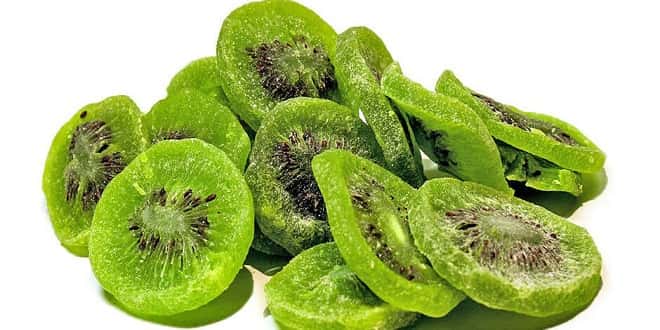Drying: Principles and Practice ( Professor A. S. Mujumdar )
Contents
Introduction to food processing; drying ‐ Fundamentals
Classification‐general ideas
Why so many dryer types?
Key criteria for classification
Criteria for dryer selection
Different dryer types
Energy related issues in drying
Special/Innovative dryers
Closure
Food Processing
• Need of food processing ‐ to avoid the spoilage of foods due to various reasons; to increase shelf life; to make food products available through out the year
• The spoilage could be due to physical damage, chemical damage, microbial attack
• Various food processing methods – Freezing, canning, preserving in syrup, food irradiation, salting, vacuum packaging, dehydration
• canning and freezing – best way to retain the taste, appearance, and nutritive value of fresh food (Cost involvement)
• Drying/Dehydration – very much cost‐effective; product takes much less storage space than canned or frozen foods; Some dehydrated products have very good rehydration properties
Drying Fundamentals
Removal of a liquid from a solid/semisolid/liquid to produce solid product by thermal energy input causing phase change (Sometimes converts solid moisture into vapor by sublimation eg. Freeze drying with application of heat.)
Needed for the purposes of preservation and storage, reduction in cost of transportation, etc.
Most common and diverse operation with over 100 types of dryers in industrial use
Competes with distillation as the most energyintensive
operation
…



